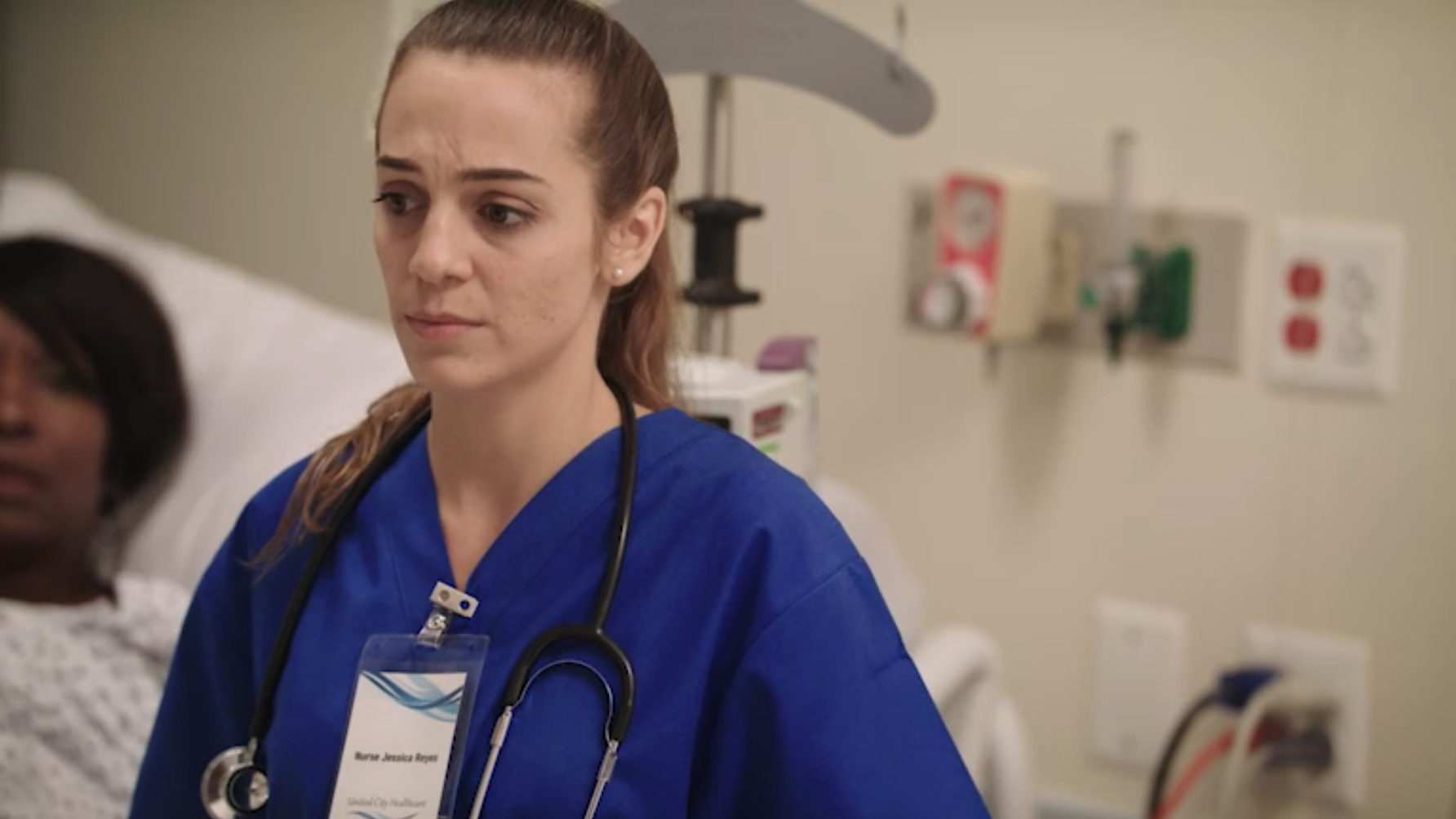This is part of an occasional series from WILL Interactive that draws from our experiences meeting the top training challenges in the human community.
Course Background |
|
| Occupational Field/Audience Healthcare clinicians |
Challenge |
|
Development Partner |
Objective Build resilience, retention, and well-being by changing clinician behaviors |
|
Instructional Environment |
|
The Research Phase
We began with standard research of available studies and articles and collaborating with subject-matter experts to chart learning objectives and content. Once we understood our topic and how others had tried to teach it, the next step was focus group research, to discover how the issues manifest in the human terrain of the real workplace. We came in with a lot of content and statistics; focus groups helped those facts find their story.
We conducted roughly twenty focus groups, talking to about one hundred people from four representative hospitals. Each focus group consisted of two to ten clinicians from a variety of occupational specialties. Participants were informed that everything shared was anonymous and confidential, and our facilitators/interviewers were not beholden to report back to the institution unless someone indicated they might harm someone else or themselves. We ensured that participants were a mix of those who had volunteered for focus groups and those who were told to attend, giving us a mix of our imaginary classroom's front and back rows.
We aimed to understand the audience – their personalities, common conflicts, and problems. To build relatable characters, we had to understand how a particular person feels in a specific time and place and why they act the way they do. Most importantly, we also wanted to know why they don’t act the way they know they should.
Through focus groups, we defined characters representing key target-audience occupations and personality archetypes, mapped those characters to their unique blend of stressors, and embedded resilience strategies tailored to the stressors and psychographics of that archetype.
Development
We felt crafting a story-based approach could create a more effective e-learning experience to engage the workforce. The story-based methodology became an interactive, sitcom-quality, decision-making movie adventure. Branching choice points occurred every minute to four minutes to “play out” the positive or negative outcomes associated with responses to stress and resilience strategies.
Scripts were written, reviewed by subject matter experts (including legal teams), and workshopped. Over three weeks, the production was cast, crewed, and filmed in a hospital and home location.
Lessons Learned
The lessons learned are applicable to any project where story or scenario-based learning is the key methodology.
- Adaptive not ADDIE
When designing stories that teach, the instructional design process itself changes. Rather than following a series of prescribed steps to meet prescribed goals, the process was more intuitive and non-linear. We adapted based on what we learned from the focus groups. Adopting the mindset and skills of journalists rather than instructional designers helped us find the human dimensions behind the facts and perform a continuous improvement process of exactly what we were trying to accomplish.
For example, our standard research never identified financial problems as a significant trigger of stress among wealthy physicians. When the topic of physician financial problems emerged from focus groups, we sought confirmation, discovered the scope of the largely silent problem, asked more questions in follow-on focus groups, and added key story elements to one of our character modules and guidance to address that specific challenge. - Target the “Back of the Class”
When all the focus group participants are volunteers, it’s like talking to only the front row of a class. It’s more valuable to also talk to reluctant learners and skeptics, i.e., those most at risk or resistant to change. The story design should reflect their realities, attitudes, and skepticism. Story-based methodologies can be extremely well-suited for training that targets that “back of the class.” - Don’t Trust Your Imagination
Focus groups are critical because the best training stories don’t come from a writer’s imagination. Like journalists, we want to depict our audience members’ actual lives, not what we imagine of their lives. Rather than creating stories, it’s more like recycling the stories audience members have lived. - Listen/Feedback Loop
The most effective training is not top-down, where “I teach, you learn,” but rather pays attention to learners as they tell you what’s relevant to them, what they need for solutions, and how they want to learn. This project turned into a listening/feedback loop, where we listened to their experiences and then fed them back their own aggregated characters and challenges within the training. Their own narratives created the resonant framework to embody our factual content and behavior-change guidance. Because we used a choose-the-path, story-based design, they could virtually experience lives familiar to their own, test outcomes, and premeditate changes to their own well-being. - Emphasize Emotions and Empathy
You are researching people, not just a topic. Depicting the real human dimensions behind the data helps the audience identify with and develop empathy for the characters. Shocking statistics about physician suicides gain texture when you meet a top surgeon, with a loving family and buckets of money, recalling how he struggled each day against killing himself. Everything you’ve read about Type A personalities suddenly makes sense when a focus group participant says, “Thank God I graduated class Valedictorian. If I had come in second, I would have considered my entire academic career a complete failure.” Stories lack resonance if they don’t reflect the audience’s emotional lives. When believable characters interact in relevant situations, audience emotion and empathy lead to better retention, recall, and application. - Show AND Tell
While most creative writing invokes the adage “show, don’t tell,” story-based instructional design is different. We want to show AND tell our stories, not assuming everyone in the audience has the same level of media literacy.
For example, stories resonate if the emotions of specific characters are made universal for the audience. Voiceover narration is a useful tool for transforming the particular into the universal. Voiceover can clarify internal conflicts and the stakes, what a character’s actions mean, and the result of those actions. - Story-Telling Specialists from Start to Finish
Writers should conduct the focus groups, not read transcripts after the fact. The movie director must be present when SMEs give comments. Instead of hand-offs from one type of production specialist to another, a core group of auteurs who share the same vision must complete the project.
For example, our core group performs multiple roles, unlike in standard ADDIE projects. Our lead instructional designer is also a part-time screenwriter and a great focus group facilitator. The executive producer of the video production has an MA in Film, a public health and instructional design background, and attended most of the focus groups. Our multi-skilled story-telling professionals shepherd a story through the many steps of production while preserving the continuity of vision.
Results
The Thriving Clinician is a multiple-award-winning interactive movie-based eLearning course divided into five twenty-minute character modules. It promotes positive personal coping behaviors and a resilient workplace team culture.
Branching video is interspersed with text commentary, links to more information, downloadable takeaways, and reflection questions. Organizations can offer the whole program or stand-alone character modules. A facilitator guide describes how to use the program in facilitator-led instruction; a character module with discussion takes around 50 minutes.
Several medical organizations have approved the program for two CME credit hours, and it has won four training industry awards to date. The Thriving Clinician has been extremely well received by clinicians but has not yet been formally evaluated for impact by third-party researchers.







